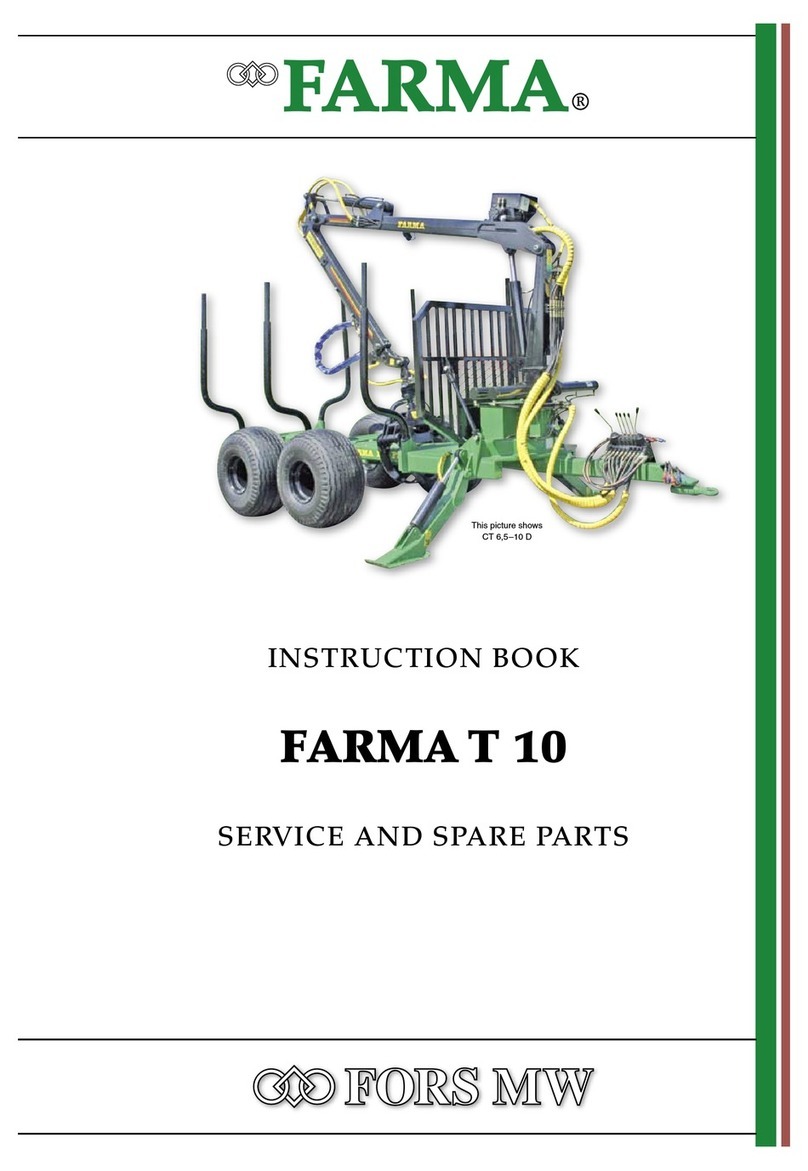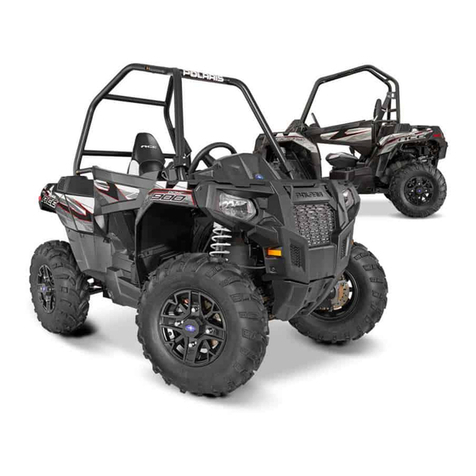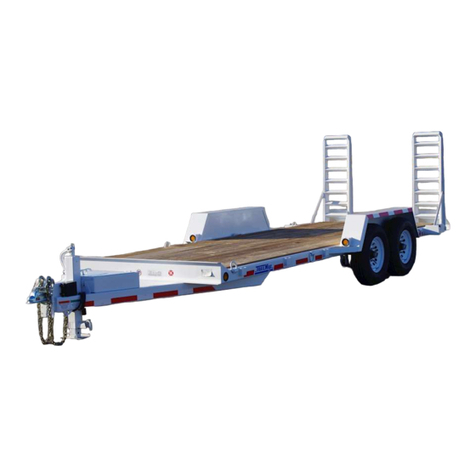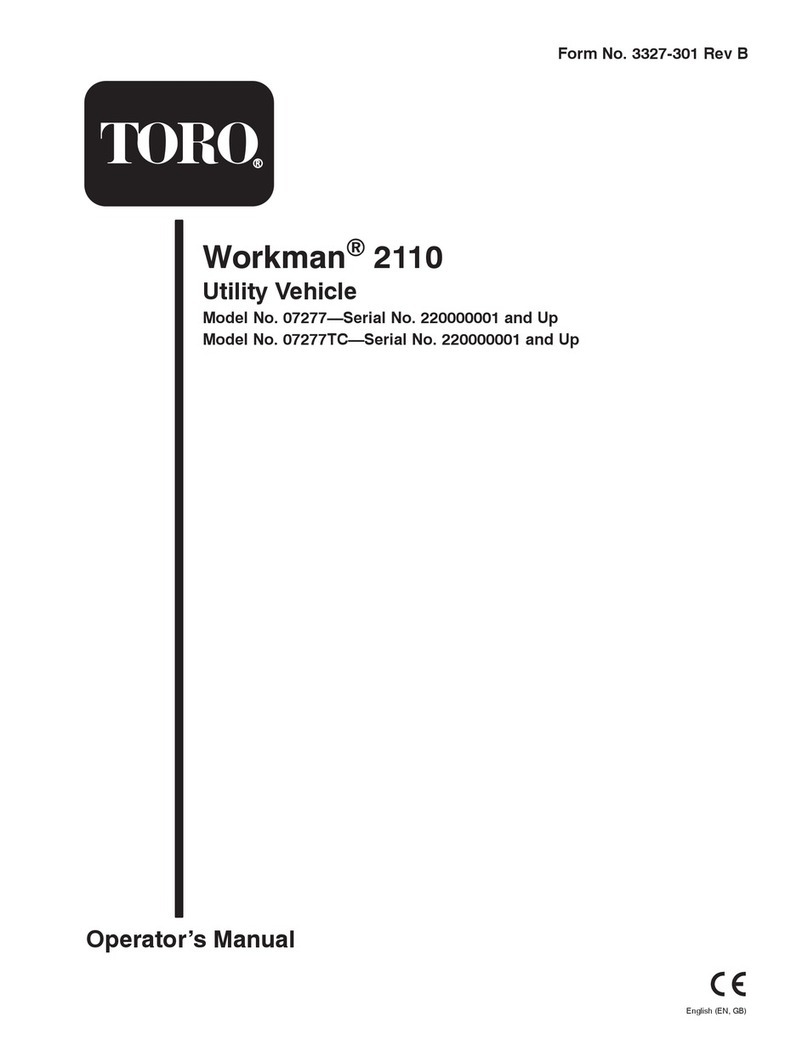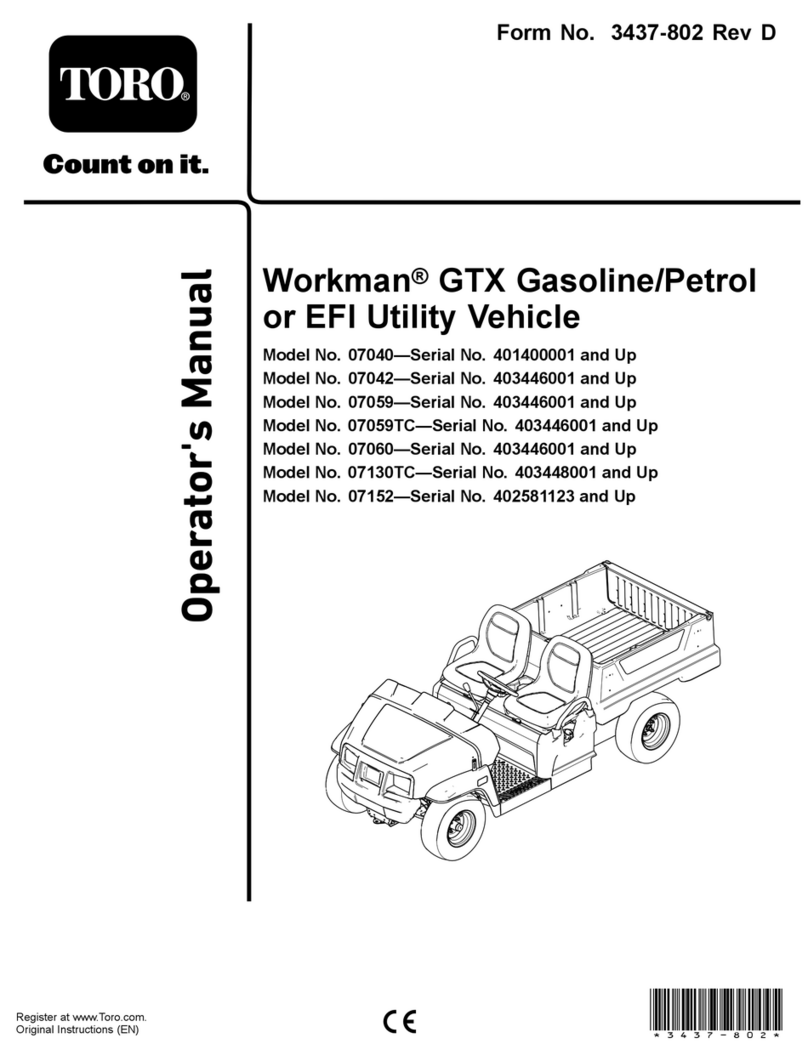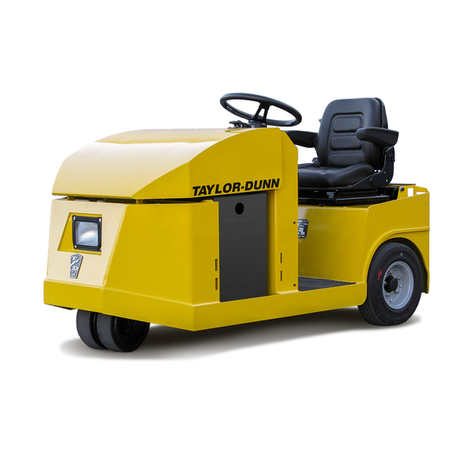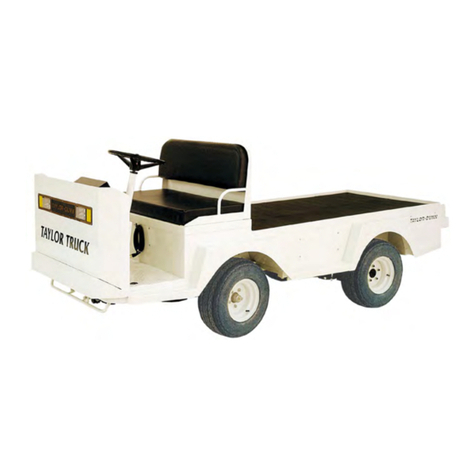IWT Eventa Series Instruction Manual

Eventa User Handbook
_________________________________________________________________________________
IMPORTANT
If you sell your trailer, please pass t is book on to t e new owner
________________________________________________________________________________
Iss06
(N.E.)

Blank Page

Eventa User Handbook
_________________________________________________________________________________
IMPORTANT
If you sell your trailer, please pass t is book on to t e new owner
________________________________________________________________________________
Iss06
(N.E)

Eventa User Handbook
Models Covered By t is Publication:
Eventa M
Eventa L Tandem
Eventa L Tri-axle
All Eventa models are fitted with brakes and have a MGW (Maxim m Gross weight) of 3500Kg.
Used correctly and maintained to this handbook, yo r trailer sho ld give many years of safe and
reliable service. If yo are in do bt abo t any of the instr ctions, please contact yo r distrib tor or
o r c stomer care department.
Please enter the following information for yo r own records:
Trailer Model:
Variant:
Serial Number:
Date of purchase:
Maximum Gross Weight (MGW):
3500 kg
Payload:
Unladen weight:
Coupling Key No.:
Door Key No:
Datatag Serial No:
Drawbar security
number:
Manufacturers plate
The trailer is fitted with a Man fact rer’s Plate on the right hand side drawbar which will show the
following information:
•The man fact rers name and address details
•The model n mber
•The trailer serial n mber
•Maxim m gross weight for the trailer

Contents:
1.1 Introd ction
1.2 C stomer Care
1.3 Accompanying Literat re
1.4 Sec rity
1.5 Warranty
1.5.1 Warranty Claims
1.5.2 G arantee Registration Card
1.6 Safety
1.7 Glossary of Terms
2. Towing
2.1.1 Understanding yo r Trailer
2.1.2 Recommended tow ball height
2.1.3 Nose Weight
2.2 Pre-Hitching p Checks
2.3 Attaching the trailer to the towing vehicle
2.3.1 Co pling Instr ctions
2.3.1.1 50mm Ball Co plings
2.3.1.2 Eye Co plings
2.3.2 Mirrors
2.3.3 TV Antenna
2.3.4 Final checks before moving off
2.4 Reversing
2.5 Detaching the trailer and parking
2.5.1 Parking the Trailer
2.5.2 Detaching the Trailer
2.6 Driving
2.6.1 Driving Licence
2.6.2 Towing Speed
2.6.3 Stability
2.6.4 Snaking
2.7 Stabilisers
3.1 Eventa Living Area Man al
3.2 The Water System
3.2.1 Man al Water
3.2.2 Electrically P mped Water System
3.2.2.1 Filling the Water Tank
3.2.2.2 Priming the System
3.2.2.3 Water P mp Tro bleshooting
3.2.2.4 Ro tine Maintenance
3.2.2.5 Cleaning the system
3.2.2.6 Draining and Winterisation of the Water System
3.2.3 Waste Water
3.3 Gas System
3.3.1 Gas Cylinders
3.3.2 General Information
3.3.3 Gas Safety
3.3.4 Changing the Gas Cylinders

3.3.5 Gas Leaks
3.3.6 Ventilation
3.4 Electrics
3.4.1 Electrics 12v
3.4.1.1 Towing Vehicle Power
3.4.1.2 Control Panel
3.4.1.3 Battery Charging
3.4.1.4 To charge the battery with 230v hook p
3.4.1.5 Removing and Replacing the Battery
3.4.2 Electrics 230v
3.4.2.1 Mains Distrib tion Box
3.4.2.2 Flexible S pply Cable
3.4.2.3 Connecting
3.4.2.4 Periodic Inspection
3.4.2.5 Generators
3.5 Table & Lower Bed
3.5.1 Lower Bed Assembly
3.5.2 Table reassembly
3.6 B nk Bed, Ladder & Safety Net
3.7 Shower Unit
3.8 Acrylic Windows
3.8.1 Window Catches and Stays
3.8.2 Window Blinds
3.9 Roof Light Hatch
3.9.1 Roof Light Flyscreen and Blind
3.10 Fire and Safety Preca tions
3.10.1 Children
3.10.2 Fire Exting ishers
3.10.3 In case of fire
3.10.4 Smoke and carbon dioxide alarms
3.10.5 Ventilation
3.10.6 Petrol/Diesel F mes
3.10.7 Original Eq ipment Appliances
3.10.8 Portable Appliances
3.10.9 Modifications
4 Eventa Living Eq ipment
4.1 Tr ma Ultrastore Gas Water Heater
4.2 Tr matic E 2400 Gas Warm Air Heater
4.3 Dometic RM 5310 Absorption Refrigerator
4.4 Dometic SMEV PI 0913 3 B rner Hob
4.5 Thetford Spinflo MK3 Mini Grill, Gas 4 B rner & Grill
4.6 Avtex L185DR TV & DVD Player
4.7 ThetfordC-200 CW Man al Fl sh Toilet
4.8 Thetford C-200 CS Electric Fl sh Toilet
4.9 Thetford Porta Potti Q be 345 Toilet
5. Eventa Horse Area
5.1 Rear Ramp Operation
5.1.1 Understanding yo r Ramp

5.1.2 Opening the ramp
5.1.3 Closing the ramp
5.1.4 Locking the ramp
5.2 Ramp Gates
5.2.1 Understanding yo r Ramp Gates
5.2.2 Opening the Ramp Gates
5.2.3 Closing the Ramp Gates
5.3 Partitions.
5.3.1 Understanding yo r Partitions
5.3.2 Operation
5.3.2.1 Opening the partition
5.3.2.2 Closing the partition
5.3.3 Positioning
5.3.3.1 Eventa M Partition Positions
5.3.3.2 Eventa L Partition Positions
5.3.4 Repositioning
5.4 Inspection/Grooms Door
5.5 Floors.
5.6 Straw Bedding
5.7 Stabling Horses
5.8 Rear Interior Light
5.9 Roof Hatch Vents
5.10 Horse Area Sliding Windows
5.11 Loading and Unloading
5.11.1 Loading
5.11.2 Unloading
5.12 General hygiene
5.13 Fire & Safety Preca tions
5.13.1 First Aid
5.13.2 Breakdowns with horses on-board
5.13.3 Fire preca tions
5.13.3.1In case of fire
6. Eventa General Maintenance
6.1 Exterior Bodywork
6.2 Galvanized Finish
6.3 High Press re Power Washing
6.4 Acrylic Windows
6.4.1 Cleaning the windows
6.4.2 Window Maintenance
6.4.3 S n blinds and how to handle with acrylic windows
6.4.4 Condensation and acrylic glass properties
6.5 Interior Walls
6.6 F rnit re
6.7 Care of yo r pholstery
6.8 Hinges and Catches
6.9 Water System Maintenance
6.9.1 Water System Cleaning
6.9.2 Water System Servicing

7. Trailer R nning Gear Maintenance
7.1 Tyres
7.1.1 Tyre Repairs
7.2 Changing a Wheel
7.2.1 Jacking p the Trailer
7.2.1.1 Jacking Points
7.2.2 Fitting Wheels
7.3. Brakes and Co pling
7.3.1 Brake Service Intervals
7.3.2 Co pling Unit Service Intervals
7.3.2.1 Drawt be Reaction Test
7.3.2.2 Checking the Co pling Head for Excessive Wear
7.4 Jockey Wheel
7.5 Leaf Springs
8. Electrical Diagrams
8.1 Trailer Lighting Diagram
8.2 12v Living Area Diagram
8.3 230v Diagram
8.4 Base Trailer Diagram

1.1 Introduction
Please take the time to read the contents of this man al before yo attach the trailer to the towing
vehicle, or attempt to load it. It is a good idea when reading this man al, to take a to r of the trailer
with all persons who will be sing it.
Make s re everyone responsible is f lly conversant with the proced res for attaching to the towing
vehicle, towing, loading and maintaining the nit. By following, nderstanding and practising the
information and proced res in this man al, the trailer will give yo many miles/kilometres of safe
travelling.
Certain information in this man al is governed by law and is s bject to change witho t prior notice.
Great care has been taken to ens re that the information is correct at the time of p blication.
However, it is the trailers ser’s sole responsibility to ens re that they f lly comply with all legal
req irements.
We reserve the right to implement changes and improve specifications witho t prior notice.
Whilst every effort has been made to ensure the accuracy of these instructions, they are intended
only as a guide to the user.
1.2 Customer Care
If yo req ire any help or advice, please do not hesitate to contact o r c stomer care team:
email [email protected]. k or telephone 0843 216 7447.
O r b siness ho rs are 8am to 4:30pm, Monday to Friday. (Please note that telephone calls to our
Customer Care Department may be recorded for Quality & Training purposes ’
1.3 Accompanying Literature
Vario s p blications and appliance instr ction man als are s pplied with yo r ser handbook. These
are to be read in conj nction with the ser man al.
“Towing and t e Law” –SMMT Booklet Included wit t is andbook
Compiled by The Society of Motor Man fact res and Trailers Ltd. There are wide-ranging r les and
reg lations to comply with when towing a trailer. This book covers s bjects s ch as the s itability of
a vehicle for towing a partic lar trailer and the necessity for correct maintenance of tyre and brakes.
“Towing and the Law” has been designed to assist trailer sers to ens re that they are complying
with the law.
Please note that the information given in “towing and the Law” is s bject to change witho t prior
notice. Great care has been taken to ens re that the information is correct at the time of
p blication. However, it is the owner/ ser’s sole responsibility to ens re that they f lly comply with
all legal req irements. Ifor Williams Trailer Ltd. Will not accept liability for any inacc racy or
incorrectly stated legal req irements.
‘Towing Horse Trailers’ by Jo n Henderson
This book has been incl ded with yo r trailer as it contains sef l information on the safe
transportation of horses. It is recommended that yo caref lly st dy its contents in detail prior to
sing yo r trailer.

1.4 Security
Yo r trailer is sec rity marked, b t as an added means of assisting the police in making a positive
identification we recommend that yo mark the trailer with yo r postcode or another niq e mark.
Eventa trailers are also fitted with Datatag electronic tags for se with Police scanner systems.
If yo wish to protect yo r trailer with a co pling lock or other sec rity device yo r distrib tor will
be pleased to advise yo of the vario s devices which are available.
The trailer is s pplied with two keys, one for the co pling hitch and one for the entrance door and
compartments. Padlocks can be fitted to the rear ramp.
1.5 Warranty
Yo r new Ifor Williams trailer is warranted against defects in material and workmanship.
For f ll terms & conditions refer to IWT web page: http://www.iwt.co. k/terms-
conditions/cons mer-terms-conditions
1.5.1 Warranty Claims
Warranty claims sho ld first be directed to the distrib tor, who will in many cases be able to rectify
the fa lt q ickly on their premises, or assist in presenting the problem to IWT for appraisal.
1.5.2 Guarantee Registration Card
It is important that the registration card is completed and ret rned witho t delay, not only to ens re
that the g arantee is validated, b t also so that we can assist the police in ret rning yo r trailer to
yo sho ld it be stolen. Also, it allows s to contact yo witho t delay sho ld this become necessary
in the f t re.
This manual suits for next models
3
Table of contents
Popular Utility Vehicle manuals by other brands

Cushman
Cushman Turf Truckster 84069 Parts & maintenance manual

Landoll
Landoll 900D Series Operator's manual
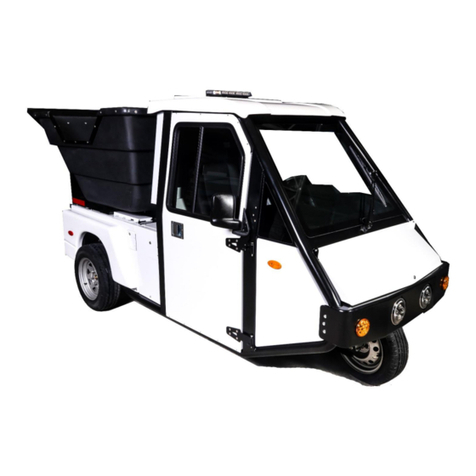
Westward
Westward Go-4 XTR Operator's manual
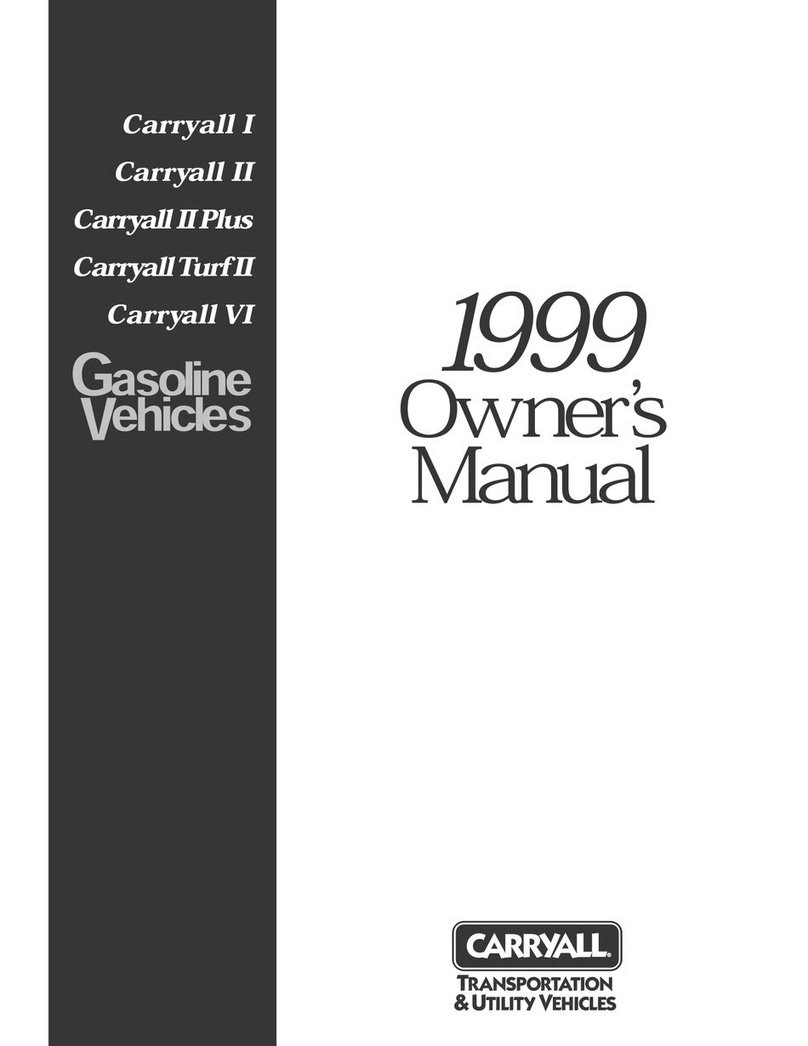
Club Car
Club Car Carryall I 1999 owner's manual

Etnyre
Etnyre Street Flusher operation, maintenance, parts and safety manual

Landoll
Landoll 340 Operator's manual

